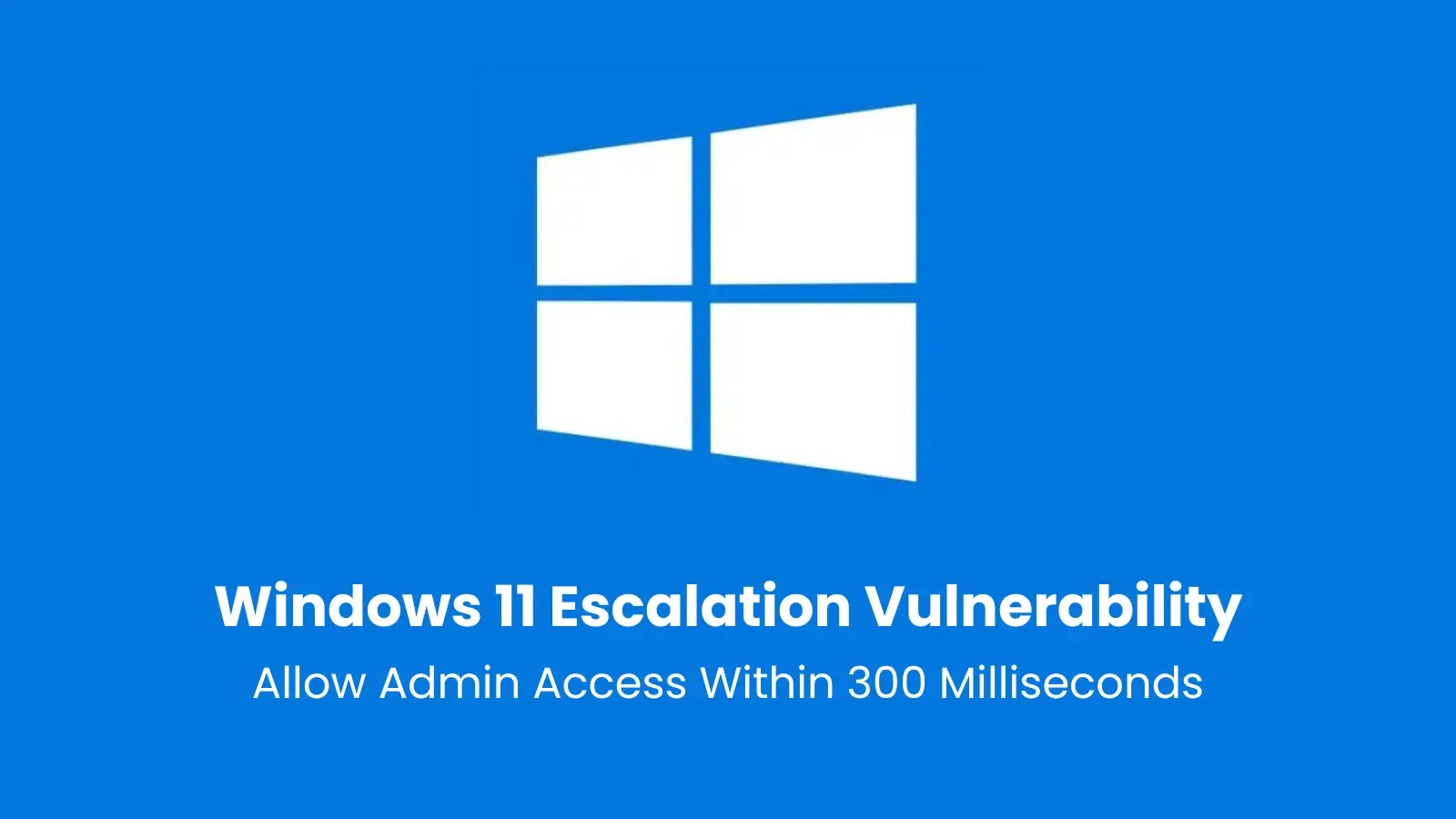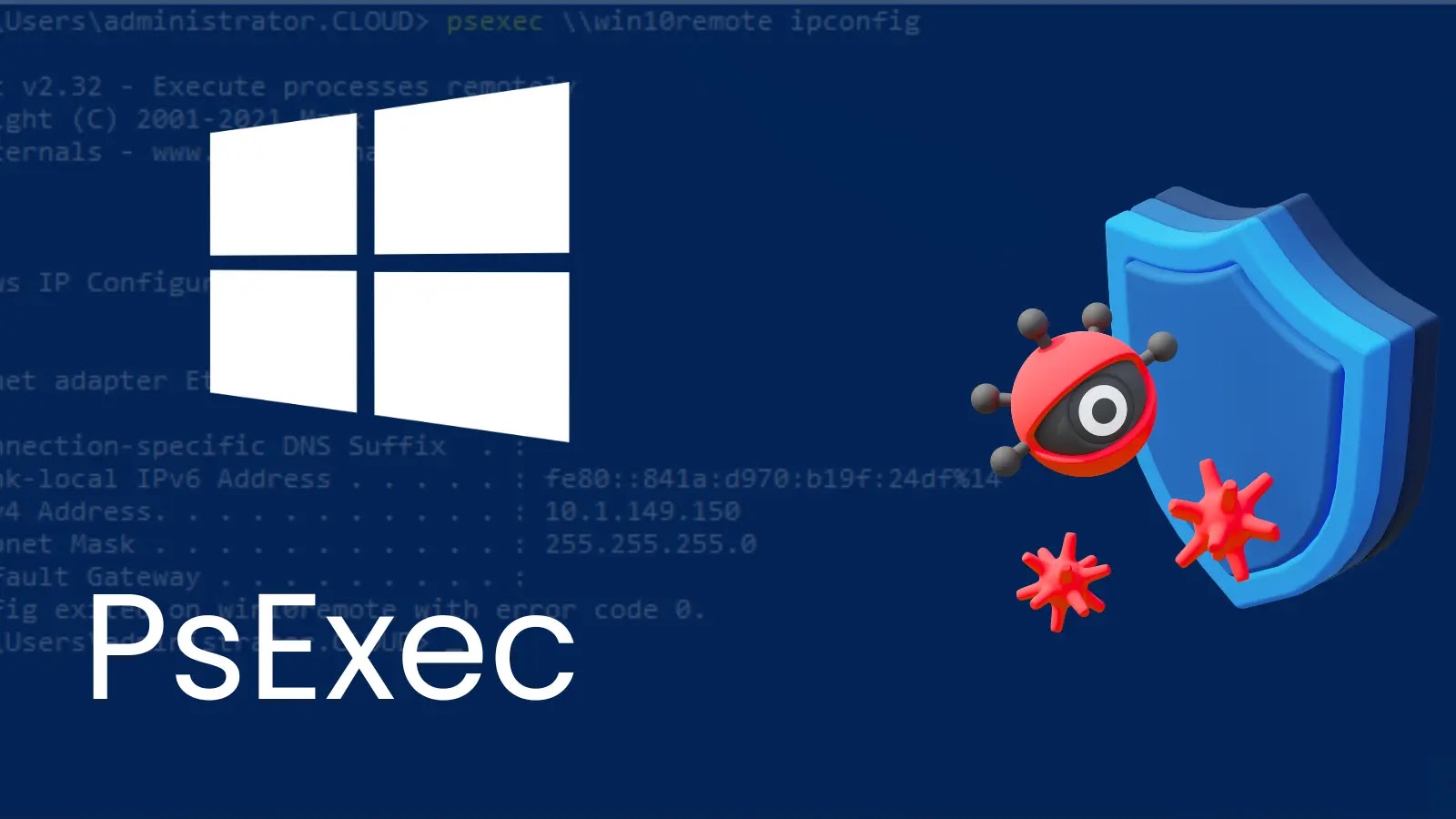In recent years, cybercriminals have increasingly targeted domain controllers (DCs) to deploy ransomware, leveraging Remote Desktop Protocol (RDP) as a primary attack vector. This method allows attackers to gain extensive control over organizational networks, leading to significant financial and operational damages.
Understanding the Role of Domain Controllers
Domain controllers are central to managing Active Directory (AD) services within a network. They authenticate users, enforce security policies, and manage permissions across the network. Due to their pivotal role, DCs are attractive targets for attackers aiming to disrupt operations or exfiltrate sensitive data.
The Exploitation Process
Attackers often begin by identifying exposed RDP ports, commonly using tools like Shodan to locate vulnerable systems. Once an open RDP port is found, they employ brute-force attacks or utilize stolen credentials to gain access. Upon successful entry, the attackers can escalate privileges, often aiming to obtain domain administrator rights.
With elevated privileges, attackers can access the NTDS.dit file on the DC, which contains password hashes for all AD accounts. Tools like Mimikatz are then used to extract these hashes, facilitating pass-the-hash attacks that allow impersonation of legitimate users. This access enables lateral movement across the network, deployment of ransomware, and potential exfiltration of sensitive data.
Real-World Incidents
Several documented cases highlight the severity of such attacks. For instance, the Storm-0300 group targeted a manufacturing company by exploiting a vulnerable VPN to gain initial access. They used Mimikatz to steal credentials and connected to the DC via RDP. Once inside, they mapped the network, disabled antivirus protections, and attempted to deploy ransomware. Fortunately, security measures like Microsoft Defender for Endpoint intervened, containing the attack and preventing widespread encryption.
The Role of RDP in These Attacks
RDP is a legitimate tool used by IT administrators for remote management of Windows systems. However, its widespread use and potential misconfigurations make it a favored entry point for attackers. Exposed RDP ports, especially those with weak or default credentials, are particularly vulnerable. Once access is gained, the graphical interface of RDP allows attackers to navigate the network, deploy malicious tools, and execute ransomware with relative ease.
Mitigation Strategies
To defend against such attacks, organizations should implement the following measures:
– Disable Unnecessary RDP Access: If RDP is not essential, disable it to eliminate this attack vector.
– Implement Strong Authentication: Use complex passwords and enable multi-factor authentication (MFA) to strengthen access controls.
– Restrict RDP Access: Limit RDP access to specific IP addresses and place systems with open RDP ports behind firewalls.
– Regularly Update Systems: Apply patches promptly to address known vulnerabilities, including those related to RDP.
– Monitor Network Activity: Utilize intrusion detection systems to identify and respond to suspicious activities promptly.
– Educate Employees: Train staff on recognizing phishing attempts and the importance of secure credentials.
By proactively implementing these strategies, organizations can significantly reduce the risk of ransomware attacks exploiting domain controllers via RDP.



